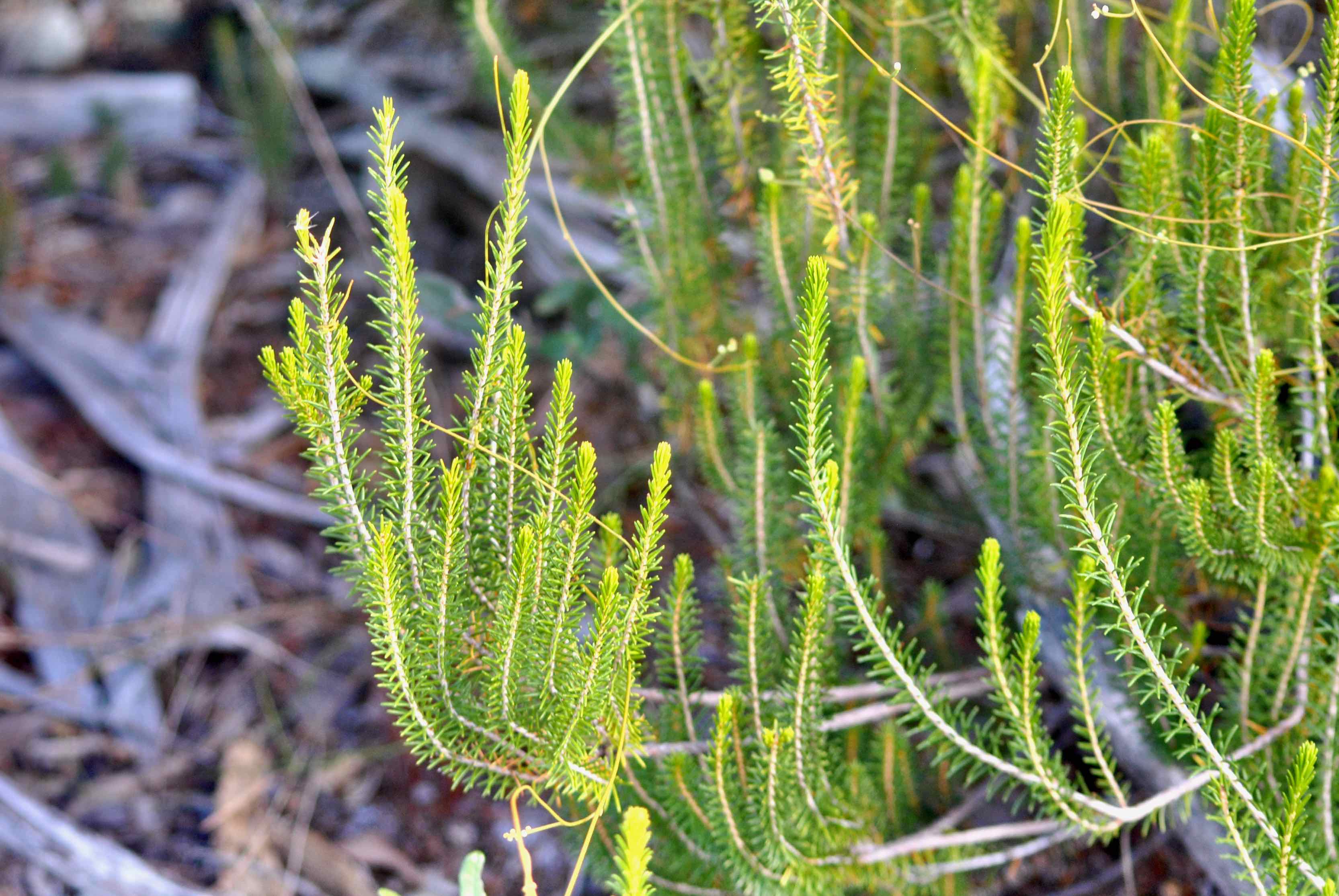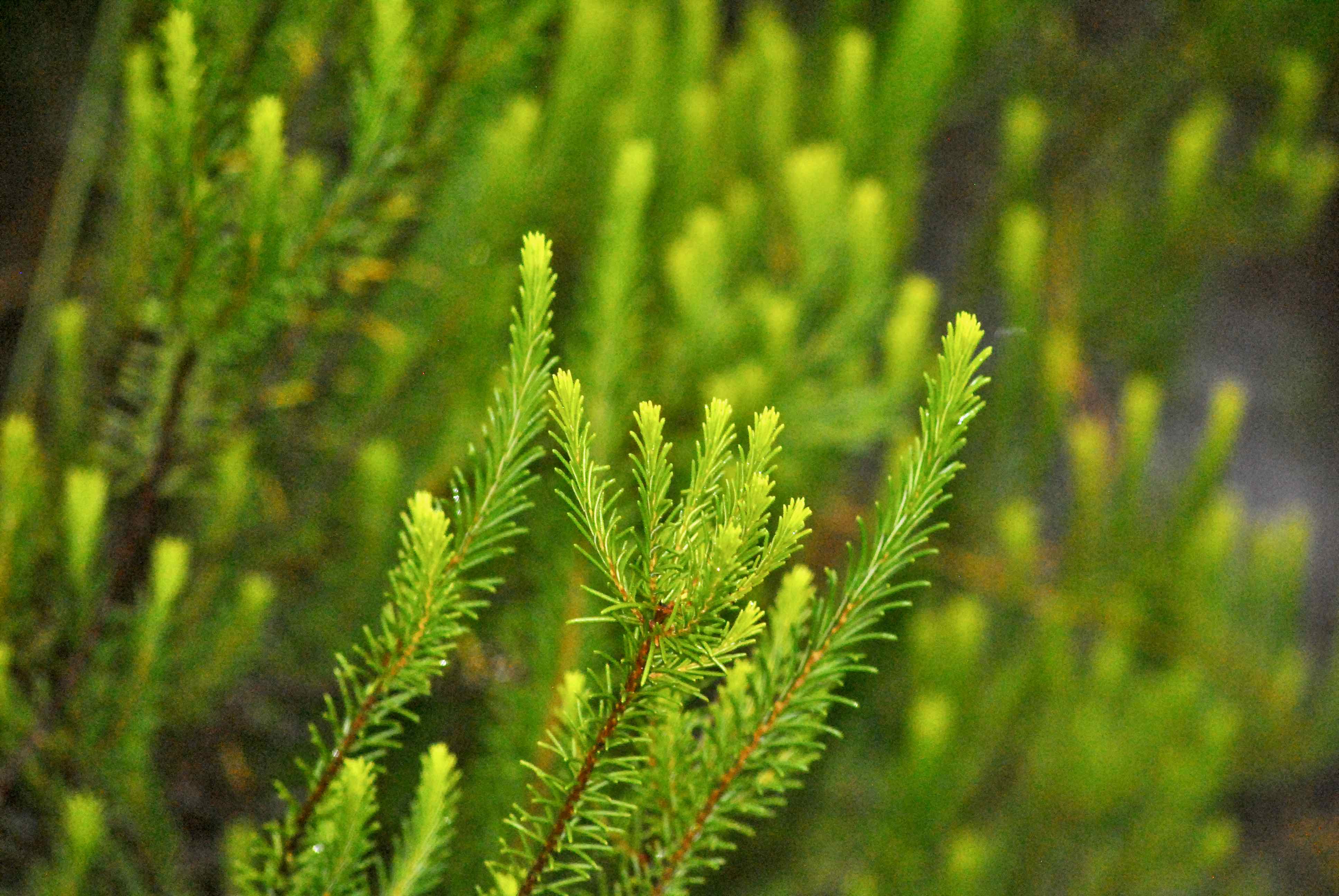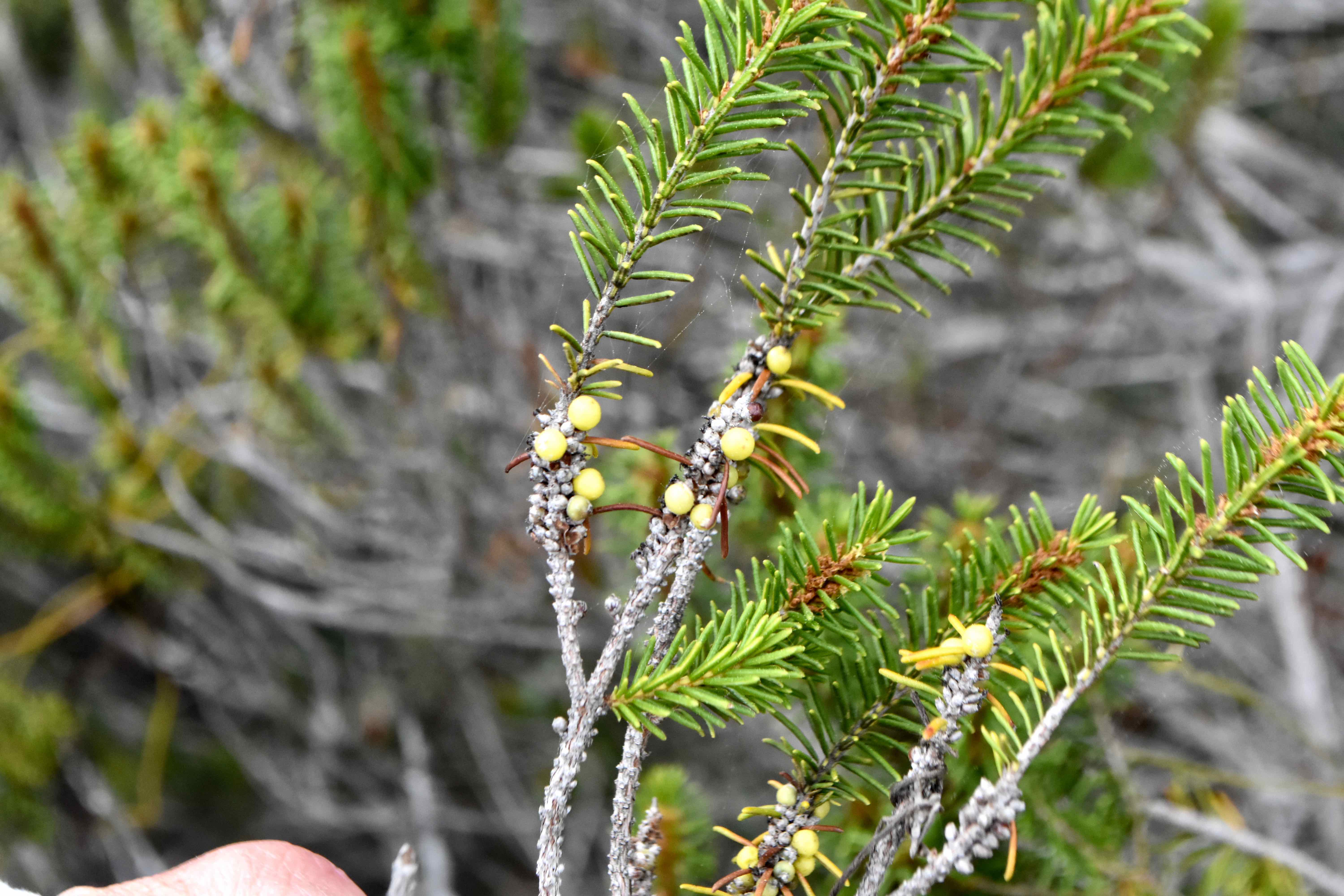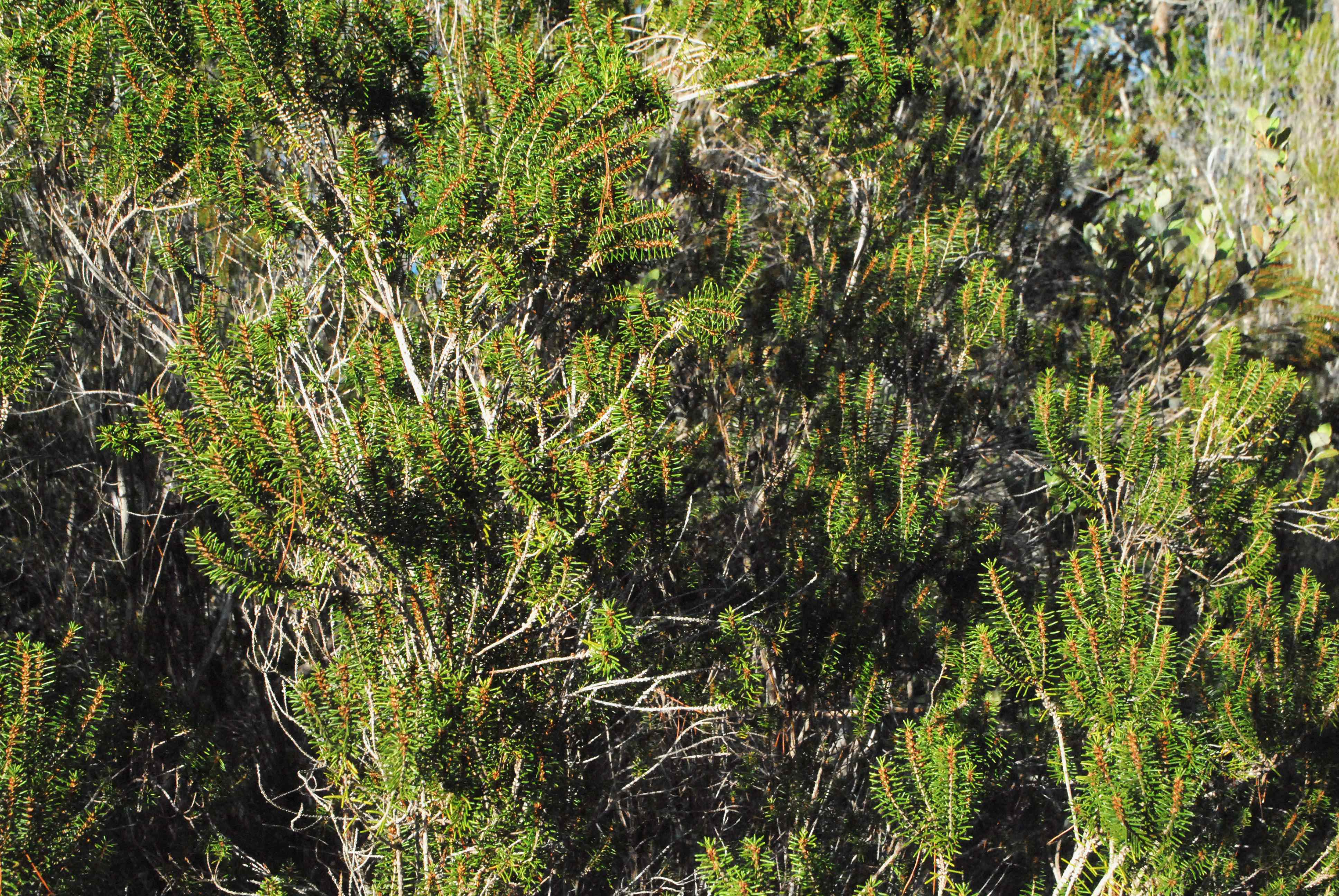
Florida rosemary, photographed at Haney Creek Preserve, Stuart, Martin County, in January 2017.
This looks like the real thing but it doesn't smell like it, nor does it taste like it. No, you don’t want to use Florida rosemary, Ceratiola ericoides, aka false rosemary, to season your food. As best we can tell, Florida rosemary has no culinary utility whatsoever.
One thing is true about the name: Florida rosemary is a Florida native, found in scrubs, pinelands and other dry, open sites throughout much of the Sunshine State. It is, however, extinct within Miami-Dade county. It's found as far north as coastal South Carolina and as far west as Mississippi. Georgia lists Florida rosemary as threatened, but it's abundant in most of South Florida.
Florida rosemary can grow as tall as eight feet, and can be as wide, or wider than it is tall. in fact, we've seen some massive plants, particularly at Hypoluxo Scrub Natural Area. It has needle-like leaves a half-inch long. They are fragrant but like a pine.
Flowers bloom spring into the summer. They are a brownish red and easily overlooked. They produce a small red or yellow berry that ripens in late fall. Birds, mice and surprisingly, black bears, will munch on the fruit. Florida rosemary's thick vegetation provides cover for a variety of animals.
A number of birds like to nest or take cover within its branches, including cardinals, yellow-rumped warblers, gray catbirds, common yellow-throat warblers, mourning doves, and Florida scrub jays.
These are long-lived plants. Florida rosemary doesn't begin to produce seeds until it's 15 to 20 years old and doesn't peak until its 25 to 30 years old. The seeds remain viable in the soil for a long time, germinating opportunistically after a fire or a fallen tree creates a clearing. Florida rosemary cannot survive fire, but its seeds do.
There's some evidence that Florida rosemary puts out chemicals that inhibit other plant species from growing nearby, a process known as allelopathy. But other factors, including fire, could be at work as well.
There is another plant in Florida that commonly is called false rosemary or large-flowered rosemary. It does share the same scrubby habitat as Florida rosemary, but it's a member of the mint family.
Like other scrub plants, Florida rosemary's biggest threat to its existence is loss of habitat, as the state becomes increasingly developed. It, however, has a wider range than many scrub plants, so it does have that improving its chances for survival.
It is a member of Empetraceae, the crowberry family. Other common names for this plant include sandhill heath, used by the U.S.Department of Agriculture, and sandhill rosemary. For the record, the rosemary used in cooking is known scientifically as Salvia rosmarinus and is a member of Lamiaceae, the mint family.
Click on photo for larger image
U.S. Department of Agriculture Distribution Maps
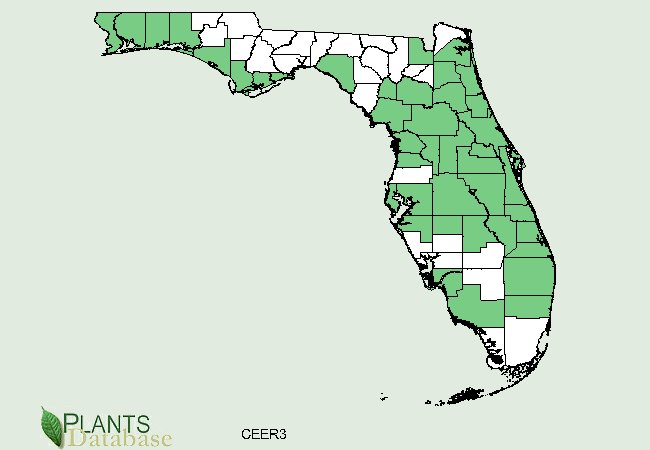

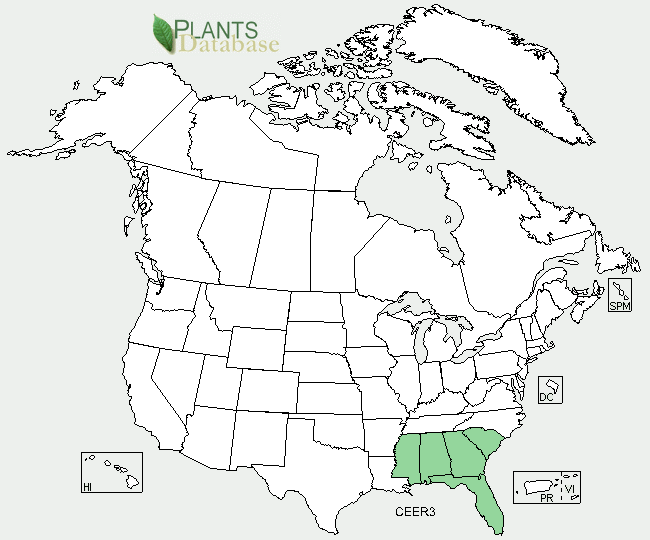
Links for Florida Rosemary

